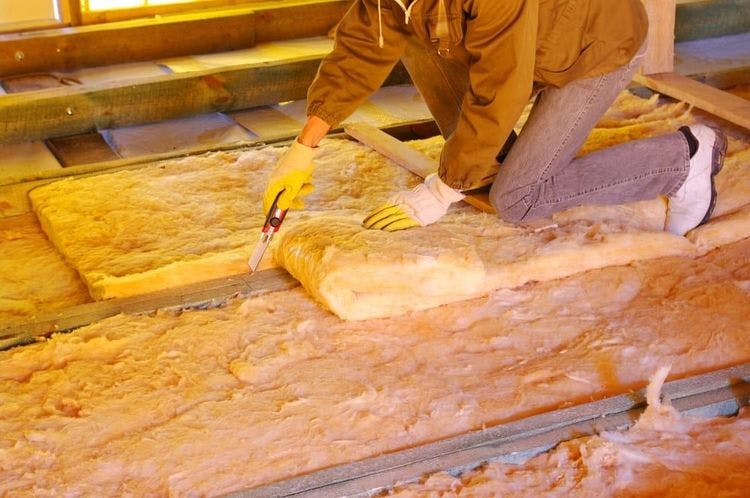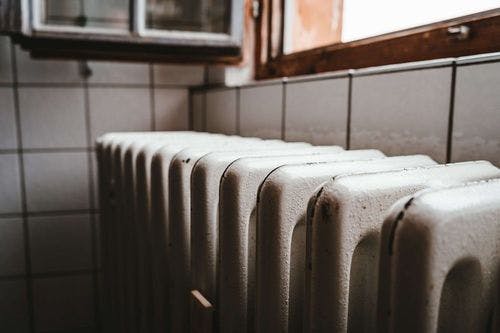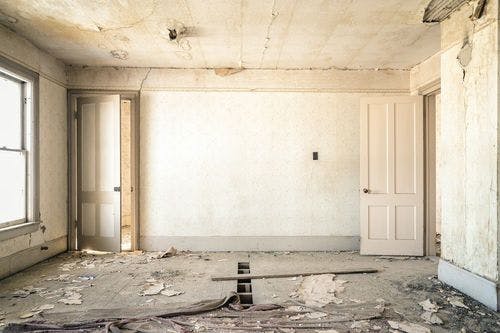Determining whether or not something contains asbestos is a simple matter of looking at it and doing some basic research. However, if you don't know what to look for in your attic, you might have trouble figuring it out. That can be especially problematic when trying to determine whether or not the insulation contains asbestos that could put your family's health at risk. Fortunately, there are some telltale signs that will help you figure it out with minimal effort:
Expect trouble if you see white, gold or silver insulation.
If you see white, gold or silver insulation in your home, it's likely asbestos. Asbestos was commonly used in insulation before 1975 and is still used today in some products. If you suspect asbestos-containing material (ACM) is present in your home, don't disturb it! The EPA recommends that anyone who suspects they may have ACM remove themselves from the area and contact an asbestos professional immediately to evaluate the situation.
If you find yourself dealing with a small amount of ACM such as floor tiles or wallboard panels, there are ways to safely remove them without risking exposure to the substance itself:
- Wear protective clothing including gloves and goggles when handling any potentially contaminated materials.
- Make sure all windows are closed and all doors are shut tightly before beginning cleanup efforts so no dust escapes into other parts of your house or apartment building where people might breathe it in unknowingly later on down the line (especially important if there are young children living at home).
You don't want to see stuff that looks like fluffy cotton candy.
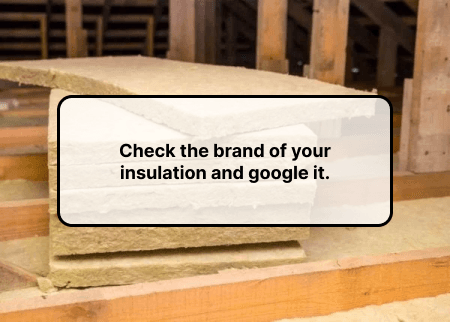
The best way to tell if your insulation contains asbestos is to look at it. Asbestos-containing materials can be found in ceilings and walls, but they're most commonly found in attics, where the heat from a home is vented into the attic space.
If you suspect that your insulation might contain asbestos, don't panic! It's no big deal—unless you start tearing down your own ceiling to check for it. As long as there's no visible damage or crumbling of any kind (which would be an indication that there was some sort of problem), then you don't need to worry about asbestos in your home.
However! If there are patches of fluffiness up there that look like cotton candy or dust bunnies (or indeed any dust at all on top of the insulation), then it's time for action: remove those areas immediately with care over not breathing them or allowing them inside while doing so; they could still contain traces of hazardous material despite being out of sight and far away from direct contact with humans and other living things (like pets).
If you do touch it, you need to be careful that you don't get any of the insulation on yourself.
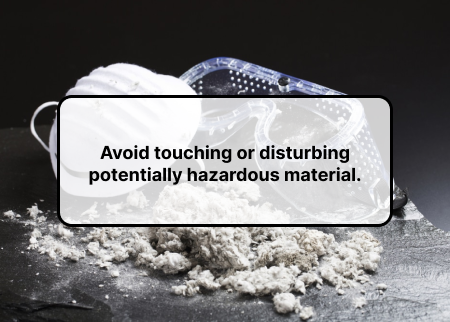
If you do touch it, you need to be careful that you don't get any of the insulation on yourself. If this happens, make sure to wash your hands with soap and water for at least 15 seconds. Wash any other part of your body that may have touched it as well. You should also wear rubber gloves so that you can pick up pieces of the insulation without accidentally transferring them to anything else or yourself.
You should also wipe down any items that might have been exposed to the asbestos-containing material (ACM). This can include items like clothing and tools used in construction projects involving ACM.
If a large amount of ACM gets into your lungs or skin, see a doctor right away!
The material can also be ground up into a powder that people spray onto studs and joists.
If you see cellulose insulation sprayed onto studs or joists, it is likely to be asbestos. This can happen if the material was ground up into a powder and applied with an aerosol sprayer when it was new, or if it was applied after the building materials were installed.
If you see this type of insulation in your home, contact an asbestos abatement team right away to have them test for asbestos and remove any contaminated pieces of insulation.
You don't want to see gray or gray-brown insulation, especially not in the form of a chalky powder.
If you see gray or gray-brown insulation, especially in the form of a chalky powder, do not touch it. You should also avoid breathing in any dust that may be on the surface of asbestos-containing materials or floating through the air (such as during removal).
Children and pets should never be allowed to play with insulation that contains asbestos, even if it is not damaged. If they do get exposed to asbestos dust through contact or inhalation, they need to receive medical attention immediately. It's also important to keep children away from walls with damaged insulating materials until repairs are made.
The longer it's been left alone, the more likely it is to contain some asbestos.
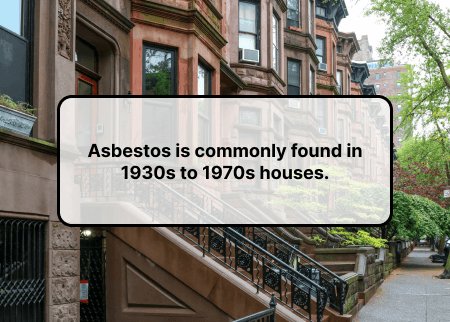
The longer it's been left alone, the more likely it is to contain some asbestos. Asbestos insulation was banned in 1979. It was very common from the 1940s through the 1970s and even well into the 1980s because of its low cost and fireproof qualities.
Asbestos is dangerous when it gets into your lungs (asbestosis) or stomach ( mesothelioma ) . The longer asbestos has been left alone, the more likely you'll find some remaining in your house's ceiling or walls—meaning that if you're planning on remodeling a home built before 1980, be aware of what kinds of insulation are there and how much could be left behind after removal.
The good news: Most older homes have plenty of other sources of contamination besides asbestos insulation, so as long as you're keeping track of which rooms have been remodeled recently (like kitchens) without proper precautions taken against dust particles being released into the air during construction projects, then there's no need to worry about any lasting damage beyond minor allergies like sneezing fits every time someone walks past a dusty corner without having had an opportunity yet to clean up after themselves!
Be afraid if your attic contains white, gold or silver insulation; be very afraid if it's gray or brown.
- Be afraid if your attic contains white, gold or silver insulation; be very afraid if it's gray or brown.
- Cellulose insulation is safe, but asbestos is not. You can find natural cellulose in old attics and basements, but you're most likely to find asbestos in residential construction before the 1970s. Asbestos was used heavily in building products such as roofing shingles, siding panels and floor tiles during this time period because it was cheap and easy to work with—but its long-term health effects are extremely serious.
Conclusion
If you're still not sure about your attic, you should call a professional for an inspection. It's better to be safe than sorry!

